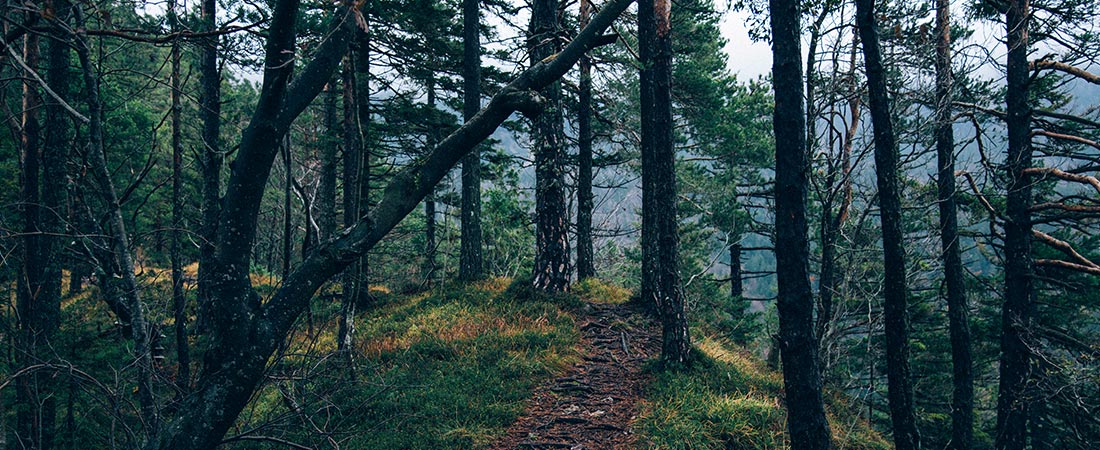[vc_row row_type=”row” use_row_as_full_screen_section=”no” type=”full_width” angled_section=”no” text_align=”left” background_image_as_pattern=”without_pattern” css_animation=””][vc_column][vc_single_image image=”428″ img_size=”full” alignment=”center” qode_css_animation=””][/vc_column][/vc_row][vc_row row_type=”row” use_row_as_full_screen_section=”no” type=”full_width” angled_section=”no” text_align=”left” background_image_as_pattern=”without_pattern” css_animation=””][vc_column][vc_empty_space][/vc_column][/vc_row][vc_row row_type=”row” use_row_as_full_screen_section=”no” type=”full_width” angled_section=”no” text_align=”left” background_image_as_pattern=”without_pattern” css_animation=””][vc_column width=”1/12″][/vc_column][vc_column width=”5/6″][vc_separator type=”normal” color=”#444444″ thickness=”3″][vc_column_text]
Help Us Reform Suction Dredge Mining Laws
[/vc_column_text][vc_separator type=”normal” color=”#444444″ thickness=”3″][vc_empty_space][vc_column_text css=”.vc_custom_1487280550538{padding-right: 5px !important;}”]
The Cascade Forest Conservancy has been working with our partners to protect Washington’s watersheds and critical fish populations from the harmful effects of suction dredge mining. Early in the 2017 legislative session, two bills were introduced in the Washington State House of Representatives that would implement much-needed reforms to suction dredging mining regulations. In January we testified in support of these bills in Olympia. Please contact your Washington State representatives and urge them to vote YES on HB 1077 and HB 1106, especially Rep. Brian Blake, the Chair of the Natural Resources Committee for these bills, representing the 19th District. You can find contact info for your local WA rep here. Learn more about our efforts to reform suction dredge mining regulations here.
 Suction dredge mining releases a plume of sediment downstream, along with the toxic metals that were previously settled out of the water column. This activity also harms fish habitat by vacuuming up the river bottom and destroying redds and refugia. Take a look at Rogue Riverkeeper’s pamphlet on suction dredge mining here for more detailed information. Hundreds of millions of dollars have been spent on fish habitat restoration throughout the state, and these investments can be destroyed in moments by a miner with a suction dredge. In Washington this practice is allowed without oversight, tracking, or accountability. A miner only needs to have a copy of the Gold and Fish pamphlet – no permits, fees, or monitoring required.
Suction dredge mining releases a plume of sediment downstream, along with the toxic metals that were previously settled out of the water column. This activity also harms fish habitat by vacuuming up the river bottom and destroying redds and refugia. Take a look at Rogue Riverkeeper’s pamphlet on suction dredge mining here for more detailed information. Hundreds of millions of dollars have been spent on fish habitat restoration throughout the state, and these investments can be destroyed in moments by a miner with a suction dredge. In Washington this practice is allowed without oversight, tracking, or accountability. A miner only needs to have a copy of the Gold and Fish pamphlet – no permits, fees, or monitoring required.
HB 1077 will require the Washington Department of Fish and Wildlife to begin tracking and monitoring all suction dredging activities individually and remove motorized mineral prospecting from programmatic coverage under the Gold and Fish pamphlet.
HB 1106 will require miners to comply with the Clean Water Act and obtain individual permits through the Washington State Department of Ecology.
We need your help to pass these important reforms!
[/vc_column_text][vc_empty_space height=”35px”][/vc_column][vc_column width=”1/12″][/vc_column][/vc_row][vc_row row_type=”row” use_row_as_full_screen_section=”no” type=”full_width” angled_section=”no” text_align=”left” background_image_as_pattern=”without_pattern” css_animation=””][vc_column width=”1/12″][/vc_column][vc_column width=”5/6″][vc_column_text]
CFC Volunteers’ Work Leads to Road Restoration
[/vc_column_text][vc_separator type=”normal” color=”#444444″ thickness=”3″][vc_empty_space][vc_column_text]
 The road system of the GPNF, though, is out of date, too large to maintain, and starting to significantly impact both aquatic and terrestrial habitats. At the moment, the GPNF has over 4,000 miles of system road! This is quite high for a national forest, yet the recent rate of road closure here has been very low. The goal of our road surveys and advocacy is to identify the roads that are causing the most negative impact on ecosystems, highlight roads at-risk for failure, consider current access needs and preferences, and prioritize road segments for closing, decommissioning, and repair. 20160724_103652 2
The road system of the GPNF, though, is out of date, too large to maintain, and starting to significantly impact both aquatic and terrestrial habitats. At the moment, the GPNF has over 4,000 miles of system road! This is quite high for a national forest, yet the recent rate of road closure here has been very low. The goal of our road surveys and advocacy is to identify the roads that are causing the most negative impact on ecosystems, highlight roads at-risk for failure, consider current access needs and preferences, and prioritize road segments for closing, decommissioning, and repair. 20160724_103652 2In a recent management plan for the GPNF, the Forest Service proposed road restoration in the Upper Lewis River area, northeast of Indian Heaven Wilderness. The Upper Lewis River Roads Pilot Project is a plan to repair degraded roads, block unclassified roads, and close or decommission about 17 miles of road. We are glad to report that the work of our road survey volunteers (which was carried out in 2014, 2015, and 2016) was instrumental in identifying priority roads for closure. The plan also outlines steps to properly block the unclassified routes that have been illegally reopened through OHV use and the circumventing of blockades. These unclassified roads were documented and mapped by volunteers during our road surveys in 2015 and 2016. Thank you to all of you who took part in these efforts!
Our official comment letter can be found here, our 2016 road survey report can be found here, and the Forest Service’s draft decision can be found here.
– Shiloh Halsey, Conservation Science Director
[/vc_column_text][vc_empty_space][/vc_column][vc_column width=”1/12″][/vc_column][/vc_row][vc_row row_type=”row” use_row_as_full_screen_section=”no” type=”full_width” angled_section=”no” text_align=”left” background_image_as_pattern=”without_pattern” css_animation=””][vc_column width=”1/12″][/vc_column][vc_column width=”5/6″][vc_column_text]
Bear Creek Decision Notice Signed
[/vc_column_text][vc_separator type=”normal” color=”#444444″ thickness=”3″][vc_empty_space][vc_column_text] In January, the Forest Service signed the Decision Notice for the Bear Creek Restoration Thin. Throughout the development of this project we worked closely with members of the South Gifford Pinchot Collaborative and Forest Service staff to develop a proposal that improves fish and wildlife habitat, protects water quality, and benefits local communities. We supported many components of this project including thinning in dense plantation stands, culvert replacement, and road decommissioning. Although we were concerned with proposed heavy thinning in near spotted owl historic nest sites, we were able to resolve these concerns through conversations with other collaborative members. We agreed on a modified proposal that reduced thinning near historic nest sites, lessening the risk to spotted owls and their prey species. Learn more about this project here.[/vc_column_text][vc_empty_space][/vc_column][vc_column width=”1/12″][/vc_column][/vc_row][vc_row row_type=”row” use_row_as_full_screen_section=”no” type=”full_width” angled_section=”no” text_align=”left” background_image_as_pattern=”without_pattern” css_animation=””][vc_column width=”1/12″][/vc_column][vc_column width=”5/6″][vc_column_text]
In January, the Forest Service signed the Decision Notice for the Bear Creek Restoration Thin. Throughout the development of this project we worked closely with members of the South Gifford Pinchot Collaborative and Forest Service staff to develop a proposal that improves fish and wildlife habitat, protects water quality, and benefits local communities. We supported many components of this project including thinning in dense plantation stands, culvert replacement, and road decommissioning. Although we were concerned with proposed heavy thinning in near spotted owl historic nest sites, we were able to resolve these concerns through conversations with other collaborative members. We agreed on a modified proposal that reduced thinning near historic nest sites, lessening the risk to spotted owls and their prey species. Learn more about this project here.[/vc_column_text][vc_empty_space][/vc_column][vc_column width=”1/12″][/vc_column][/vc_row][vc_row row_type=”row” use_row_as_full_screen_section=”no” type=”full_width” angled_section=”no” text_align=”left” background_image_as_pattern=”without_pattern” css_animation=””][vc_column width=”1/12″][/vc_column][vc_column width=”5/6″][vc_column_text]
Sign Our Petition to Senator Cantwell
[/vc_column_text][vc_separator type=”normal” color=”#444444″ thickness=”3″][vc_empty_space][vc_column_text]Please urge Senator Cantwell to permanently protect the Green River valley from mining. With your support, this treasured piece of public land near Mount St. Helens can be protected from dangerous mining proposals. Sign our petition and watch our video here.
 [/vc_column_text][vc_empty_space][/vc_column][vc_column width=”1/12″][/vc_column][/vc_row][vc_row row_type=”row” use_row_as_full_screen_section=”no” type=”full_width” angled_section=”no” text_align=”left” background_image_as_pattern=”without_pattern” css_animation=””][vc_column width=”1/12″][/vc_column][vc_column width=”5/6″][vc_column_text]
[/vc_column_text][vc_empty_space][/vc_column][vc_column width=”1/12″][/vc_column][/vc_row][vc_row row_type=”row” use_row_as_full_screen_section=”no” type=”full_width” angled_section=”no” text_align=”left” background_image_as_pattern=”without_pattern” css_animation=””][vc_column width=”1/12″][/vc_column][vc_column width=”5/6″][vc_column_text]
Board and Staff Transitions
[/vc_column_text][vc_separator type=”normal” color=”#444444″ thickness=”3″][vc_empty_space][vc_column_text]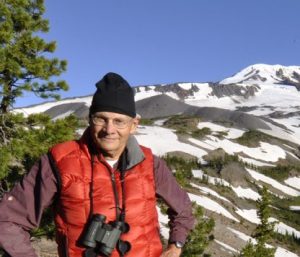 We have bittersweet news from our board of directors. Jurgen Hess is stepping down from his role as Director after many years of dedication to our organization and our mission to protect the forests, streams, wildlife and communities in the heart of the Cascades. He will be missed, but will remain active with Friends of Mt. Adams and other groups. Thank you Jurgen!
We have bittersweet news from our board of directors. Jurgen Hess is stepping down from his role as Director after many years of dedication to our organization and our mission to protect the forests, streams, wildlife and communities in the heart of the Cascades. He will be missed, but will remain active with Friends of Mt. Adams and other groups. Thank you Jurgen!
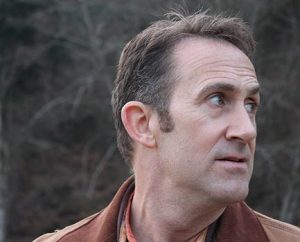 On the other hand, we are thrilled that John Miller will be joining our Board. John is a nonprofit management and development consultant with more than 30 years’ experience leading and growing organizations. His connection to the Gifford Pinchot started in 1972, when his family first camped on Yale reservoir, escaping the hot summer days in the forests flanking Mt. St. Helens. His parents fell in love with the area and built a log cabin near Cougar, which he still escapes to for play, relaxation and, occasionally, a quiet office away from the bustle of Portland.
On the other hand, we are thrilled that John Miller will be joining our Board. John is a nonprofit management and development consultant with more than 30 years’ experience leading and growing organizations. His connection to the Gifford Pinchot started in 1972, when his family first camped on Yale reservoir, escaping the hot summer days in the forests flanking Mt. St. Helens. His parents fell in love with the area and built a log cabin near Cougar, which he still escapes to for play, relaxation and, occasionally, a quiet office away from the bustle of Portland.
Please also welcome our new staff! We recently expanded our canvass team (Angela Azure and Lusia Zaleskaya) and hired a new Data and Office Manager (Rochelle Hart).


 [/vc_column_text][vc_empty_space][/vc_column][vc_column width=”1/12″][/vc_column][/vc_row]
[/vc_column_text][vc_empty_space][/vc_column][vc_column width=”1/12″][/vc_column][/vc_row]



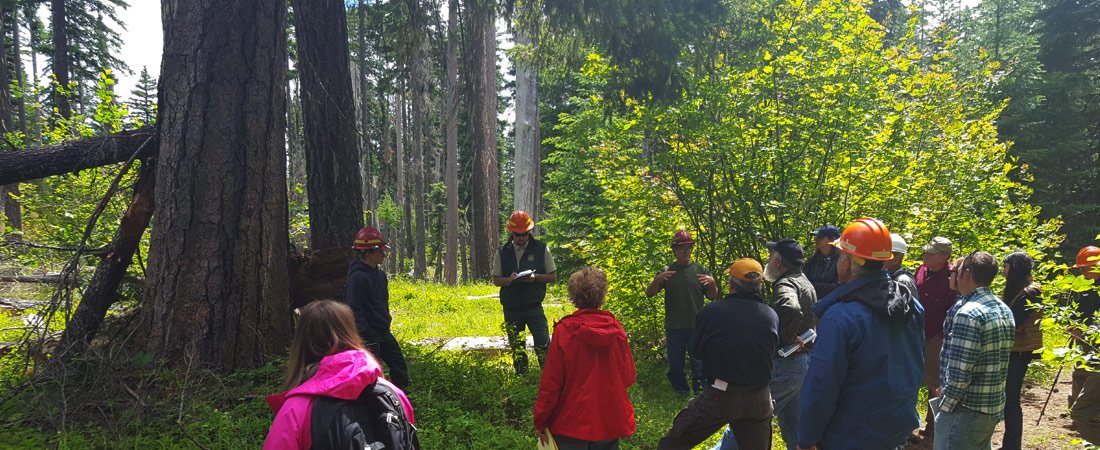
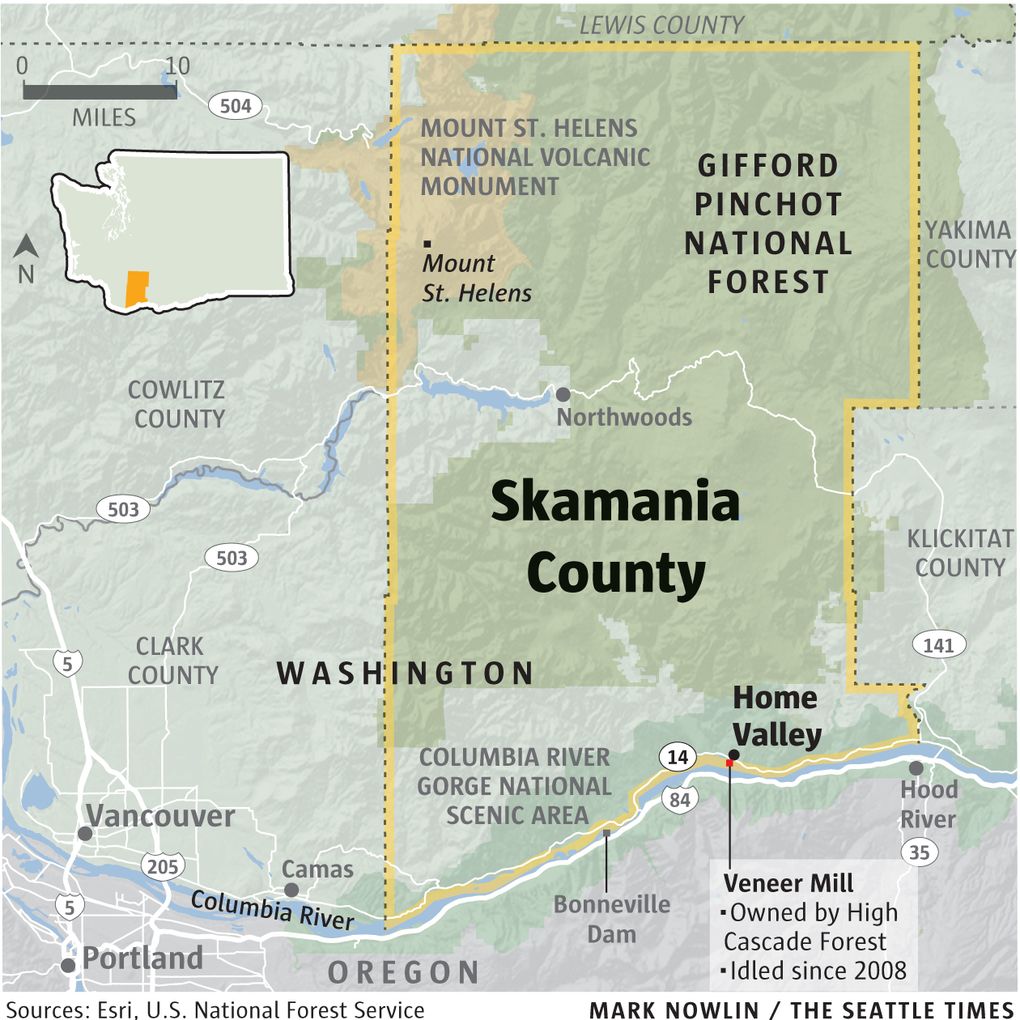
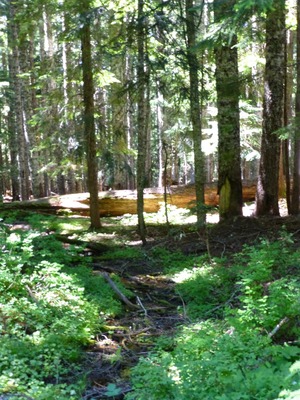 New Name, Same Mission
New Name, Same Mission organization that ensures the sustainability of the entire ecosystem of Washington’s South Cascades. The name and logo of the Cascade Forest Conservancy reflect this transition, as well as our new tagline “Conserving the Wild Places of Washington’s South Cascades.”
organization that ensures the sustainability of the entire ecosystem of Washington’s South Cascades. The name and logo of the Cascade Forest Conservancy reflect this transition, as well as our new tagline “Conserving the Wild Places of Washington’s South Cascades.” side of Mount Adams. We are working with the Forest Service and local partners to find common ground and to work together to restore this magnificent area and protect the unique ecological features there. We’ve
side of Mount Adams. We are working with the Forest Service and local partners to find common ground and to work together to restore this magnificent area and protect the unique ecological features there. We’ve
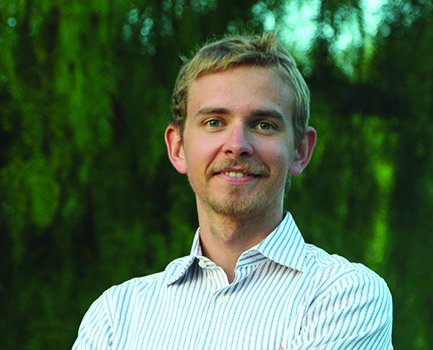 Michal Orczyk recently moved from California to join us as our Development Manager, and comes with experience organizing fundraising events and managing development programs at the International Center for Journalists and the College Preparatory School.
Michal Orczyk recently moved from California to join us as our Development Manager, and comes with experience organizing fundraising events and managing development programs at the International Center for Journalists and the College Preparatory School. Xavier Reed joins our canvass team as an Outreach Advocate. Xavier has a degree in biology and worked previously for Representative Sherrie Sprenger. We are lucky to have such talented staff on our growing CFC team!
Xavier Reed joins our canvass team as an Outreach Advocate. Xavier has a degree in biology and worked previously for Representative Sherrie Sprenger. We are lucky to have such talented staff on our growing CFC team!